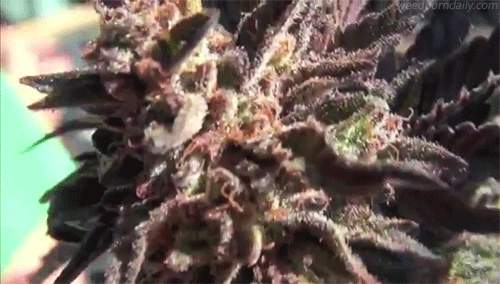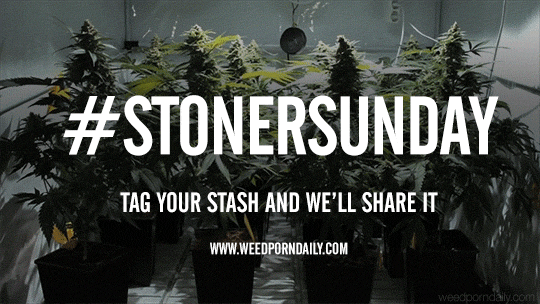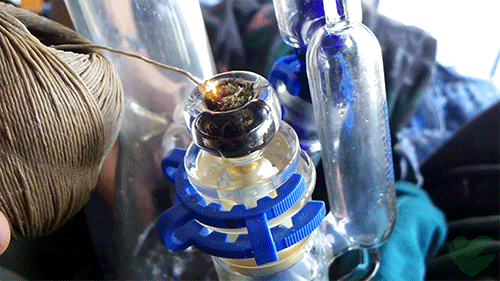(Cannabist -- Jorge Cervantes) Unlock the genetic code in cannabis and you will find anthocyanins, about 400 water-soluble pigment molecules that are classified as flavonoids. Although “flavonoid” is not a derivative of the word “flavor,” flavonoids have a taste that is slightly astringent. Anthocyanins are present in all plants. You have seen how they influence the bright changes in plant colors when summer turns to fall. These pigments also act as a sunscreen to protect cells from ultraviolet light and as a deterrent to predators attracted to green plants. This includes plant-poaching people! Anthocyanins are most common in the flowers and fruit of a plant but are also found in the outer layers of cells throughout other parts of plants. Anthocyanins or pigment molecules color fruit red, blue and purple, depending on the pH level. They also color cannabis when anthocyanin levels change in plant cells. The pigments become more pronounced as cannabis plants mature. Coloration can change in flowers, foliage, stems and roots. Blue- to purple-colored cannabis was uncommon 20 years ago. In fact, all the purple cannabis I smoked back then had a low cannabinoid profile and a rough, unpleasant taste. Today, selective breeding has developed increased production of purple pigments as well as the cannabinoid profile. Varieties like Purple Urkle, Granddaddy Purple, Purple Passion, etc. are affectionately called “Purps.” These varieties tend to develop progressively deeper purple foliage as they mature. Yet a few unique varieties like ‘Pakastani Chitral Kush’ have reddish seed bracts with purple leaves. Occasionally female stigmas — the white fuzzy hairs on flowers — will turn reddish purple, a trait I have seen occur only in plants grown under natural sunlight.
Temperature changes color intensity
Cold temperatures often cause foliage to turn from reddish to purple in color. This trait is common in a few but not all plants — plants that are genetically predisposed to change color when temperatures drop. And as you might guess, color intensities are varied and may be affected by temperature differently too. Although temperatures can be manipulated by growers, I do not know of any that do so on purpose because lower temperatures can decrease yield. ### The nutrient effect
Nutrient deficiencies can also cause foliage and stems to turn purplish in color. A nitrogen or phosphorus deficiency will cause leaf stems (petioles) to turn purplish. A sulfur deficiency can cause stems to have purple streaks. ### Why the mixed results?
Cannabis seeds and varieties have no national register therefore, genetics cannot be guaranteed stable or consistent. This is why one variety of Grape Ape may appear purple and another not. But, at the same time, the inconsistency could be influenced by anthocyanins, temperature or plant nutrient levels. The exact origin of anthocyanin-rich cannabis is shrouded in mystery. But we do know that selective breeding has helped develop them into viable desirable varieties.


